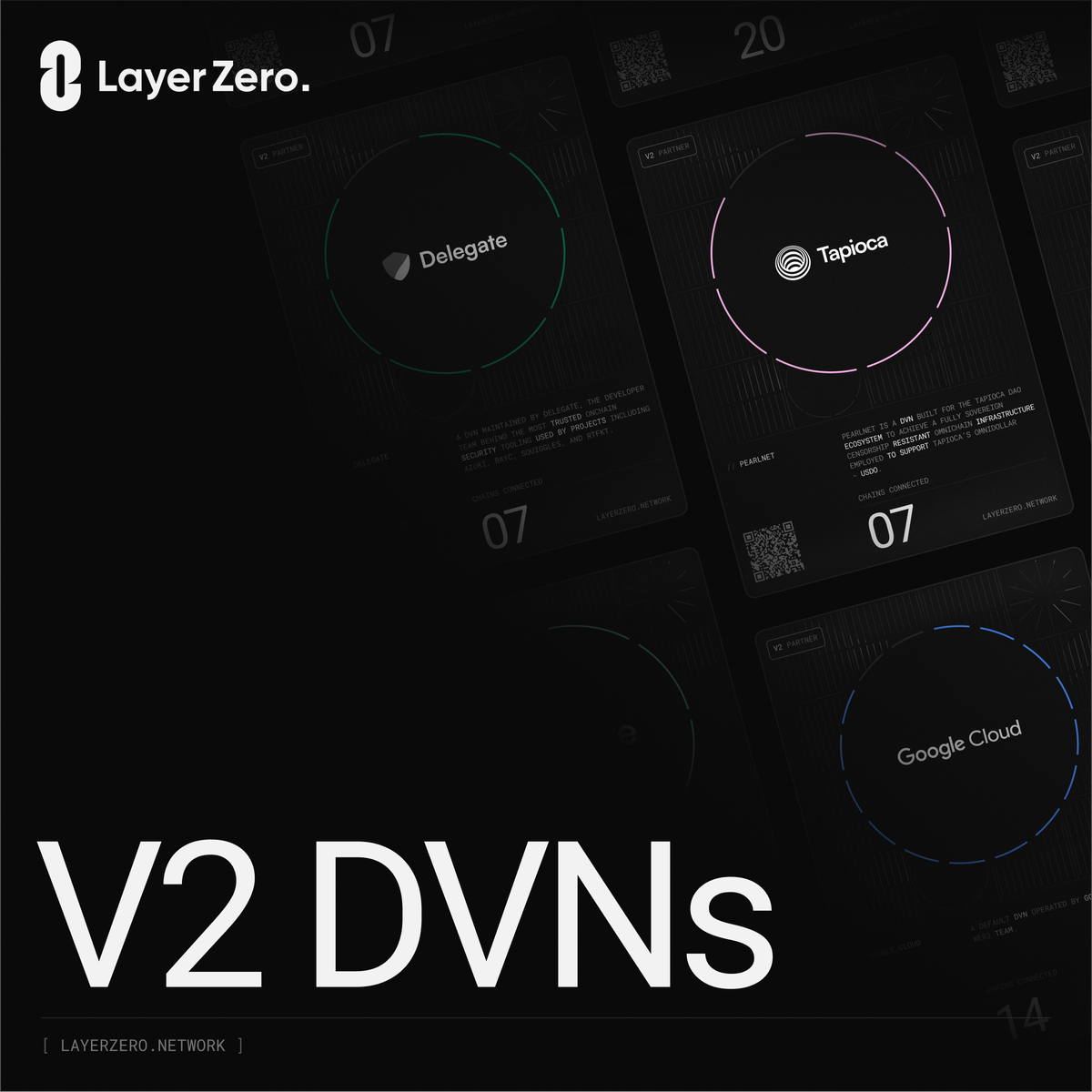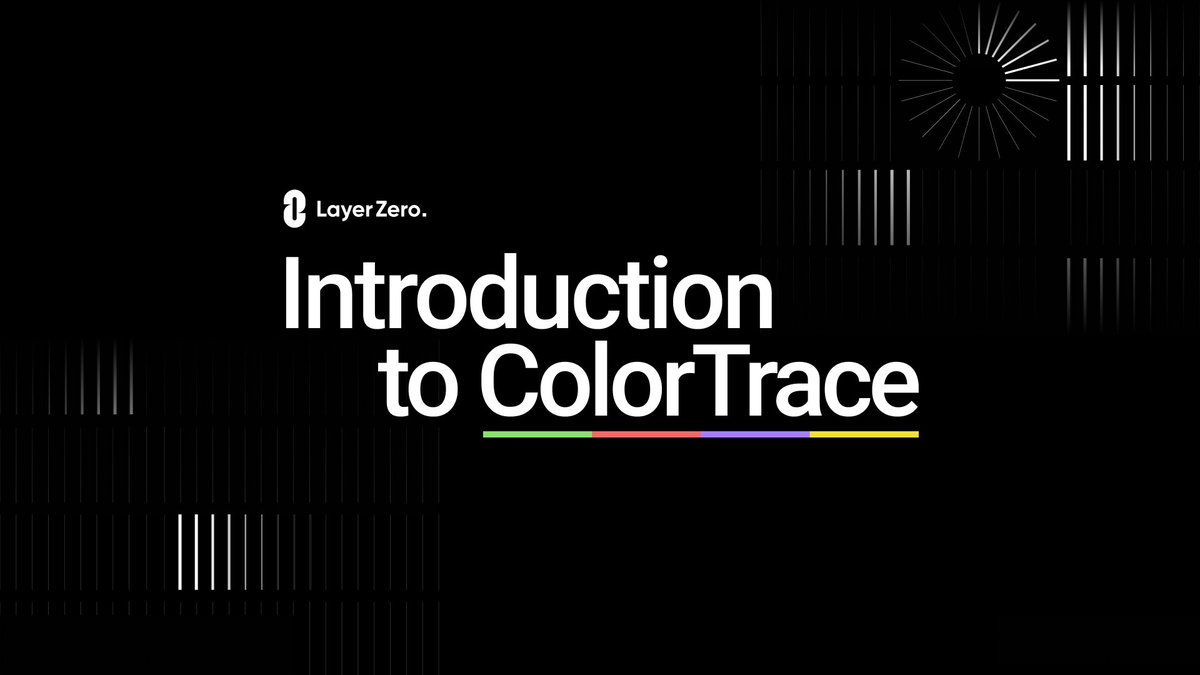Introducing Quick Merkle Database (QMDB), a high-performance verifiable database optimized for blockchains.
• 2.28M state updates per second, 1M TPS (benchmarked transfers per second).
• Benchmarked with workloads up to 15B (10x Ethereum’s 2024 state) and proven capacity to scale to 280B entries on a single server.
• Single read per state access, O(1) I/O for updates, and in-memory Merkleization on a footprint as small as 2.3 bytes per entry.
• Efficiently scales across both consumer grade and enterprise hardware.
Developed by LayerZero Labs, QMDB is MIT and apache-2 licensed and completely open-source.
• 2.28M state updates per second, 1M TPS (benchmarked transfers per second).
• Benchmarked with workloads up to 15B (10x Ethereum’s 2024 state) and proven capacity to scale to 280B entries on a single server.
• Single read per state access, O(1) I/O for updates, and in-memory Merkleization on a footprint as small as 2.3 bytes per entry.
• Efficiently scales across both consumer grade and enterprise hardware.
Developed by LayerZero Labs, QMDB is MIT and apache-2 licensed and completely open-source.

QMDB is an SSD-optimized state database with in-memory Merkleization, cutting write amplification and DRAM needs.
It unifies world state and Merkle tree storage, uses an append-only log for state updates, and eliminates disk reads/writes during Merkleization.
It unifies world state and Merkle tree storage, uses an append-only log for state updates, and eliminates disk reads/writes during Merkleization.

QMDB performs state reads with a single SSD read, state updates with O(1) SSD I/O, and performs Merkleization fully in-memory with zero SSD reads or writes.
These operations approach the theoretical optimality regarding disk I/O complexity.
These operations approach the theoretical optimality regarding disk I/O complexity.
QMDB demonstrates a significant advancement in the performance and scalability of verifiable databases.
• 2.28M state updates per second (AWS i8g.8xlarge), 1M TPS (benchmarked transfers per second)
• 63k updates per second sec on 15B entries running on a $540 Mini PC.
• 2.28M state updates per second (AWS i8g.8xlarge), 1M TPS (benchmarked transfers per second)
• 63k updates per second sec on 15B entries running on a $540 Mini PC.
QMDB delivers 6x more updates per second than default RocksDB, demonstrating superior performance across all operation types. 

QMDB efficiently scales across both enterprise and commodity hardware, scaling up to 280B entries using a single server with high SSD capacity. 

QMDB’s promising results enable the ability to provide substantially higher throughput while increasing decentralization in many systems by lowering capital costs and reducing infrastructure barriers.
QMDB unlocks many new use cases like historical proofs and real time ZK proof generation.
Historical proofs, like TWAP, can be queried at the latest block with any time granularity. If used in a ZK-rollup, QMDB can merklize per transaction for finest proof granularity and parallelization.
Historical proofs, like TWAP, can be queried at the latest block with any time granularity. If used in a ZK-rollup, QMDB can merklize per transaction for finest proof granularity and parallelization.
We want to thank the following people for their contributions:
• @_patrickogrady from @commonwarexyz
• @yezhang1998 from @Scroll_ZKP
• @yangl1996 from @megaeth_labs
• @yilongl_megaeth from @megaeth_labs
• @rphmeier from @thrumdev
• @_patrickogrady from @commonwarexyz
• @yezhang1998 from @Scroll_ZKP
• @yangl1996 from @megaeth_labs
• @yilongl_megaeth from @megaeth_labs
• @rphmeier from @thrumdev
Whitepaper:
layerzero.network/publications/Q…
Website:
layerzero.network/research/qmdb
Github:
github.com/LayerZero-Labs…
layerzero.network/publications/Q…
Website:
layerzero.network/research/qmdb
Github:
github.com/LayerZero-Labs…
• • •
Missing some Tweet in this thread? You can try to
force a refresh










